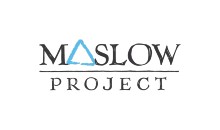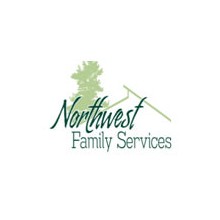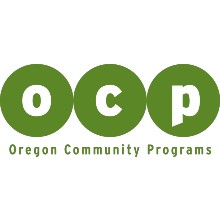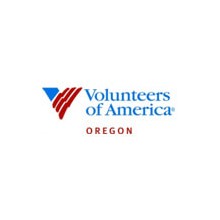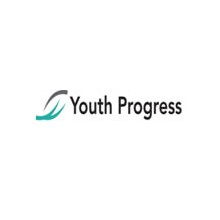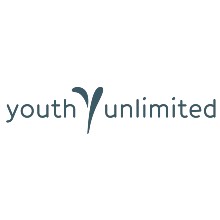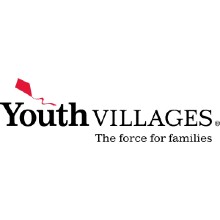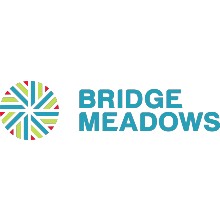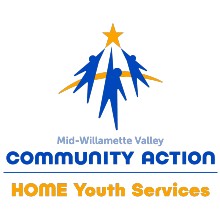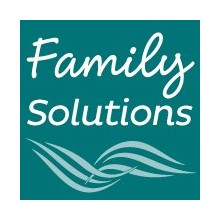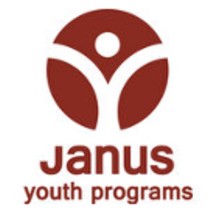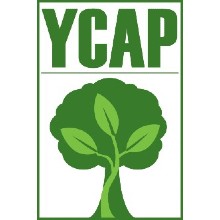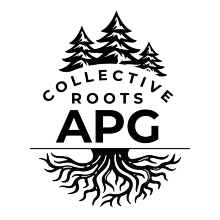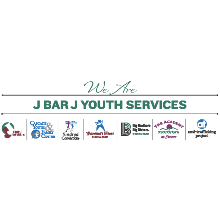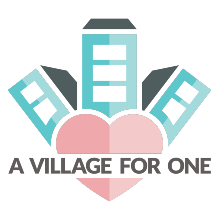|
Embracing Diversity, Transforming Lives: Our DEIBA Commitment in Action
The Oregon Alliance and the Oregon Child & Family Center for Excellence’s core values are centered around diversity, equity, belonging, accessibility, and inclusion (DEIBA). We create, promote, and advocate for systems change, along with creating principles of respect, inclusion, and access to equitable services for our children, youth, families, and the communities at large that we serve. We acknowledge that the systems we work in have both implicit and explicit biases toward children and families from communities of color, LGBTQIA+ communities, and other marginalized populations, and we strive to support and partner with them through a framework of healing, engagement, and resiliency. In the aftermath of the COVID-19 pandemic and as Oregon contends with an uptick of crises among its young people, DEIBA values have become more necessary than ever. BIPOC and LGBTQIA+ youth are vastly more likely to experience housing insecurity and mental health conditions like depression and anxiety. We are committed to helping all young people and their families to overcome these barriers, so they can lead happier, healthier lives. As a collaborative association of our member organizations, we empower member organizations and community partners to support human service providers and drive systems-level change.
Oregon Child & Family Center for Excellence The Center for Excellence offers trainings that address these complex issues centered around DEIBA efforts and provide solutions for historically marginalized people. These trainings include “Creating LGBTQIA2S+ Affirming and Equitable Spaces,” “Youth Mental Health First Aid,” “Cultural Humility Training,” and much more. An important part of our advocacy and community outreach is providing the space for our members to participate in a monthly DEIBA Committee. This committee serves as a way for our members to examine the barriers and cultural assumptions that tend to stand in the way of diversity and equity, as well as work together to discuss how to overcome these challenges in our local community. The DEIBA Committee is currently reading “DEI Deconstructed” by Lily Zheng and discussing the topics of diversity in the workplace and within our community, along with how the lessons learned can be applied to these environments. The Center for Excellence also partners with member organizations to offer them support in their own internal efforts to promote accessibility and inclusion. We are currently leading a project to better understand how lived experience factors (homelessness, trauma, recovery, etc.) can affect workers within a workplace. The challenges faced by human service workers with lived experience is complex and we are identifying the steps that organizations can take to overcome these challenges.
Oregon Alliance Equity Lens Guiding Principles: The Alliance and Center for Excellence recognize equity as a larger societal construct (alongside inequity), and that prevailing disparities in issues such as education, income, employment, occupation, and health have traditionally been reinforced by institutions. The purpose of the Alliance/Center Equity Lens is to ensure that the process of strategic planning is deliberately inclusive and that decisions are evaluated to identify where there are opportunities for greater empowerment, and to identify when the process has failed to live up to the promise of equity.
|



